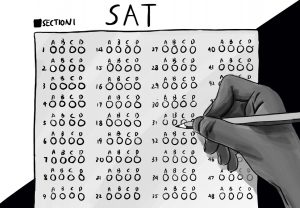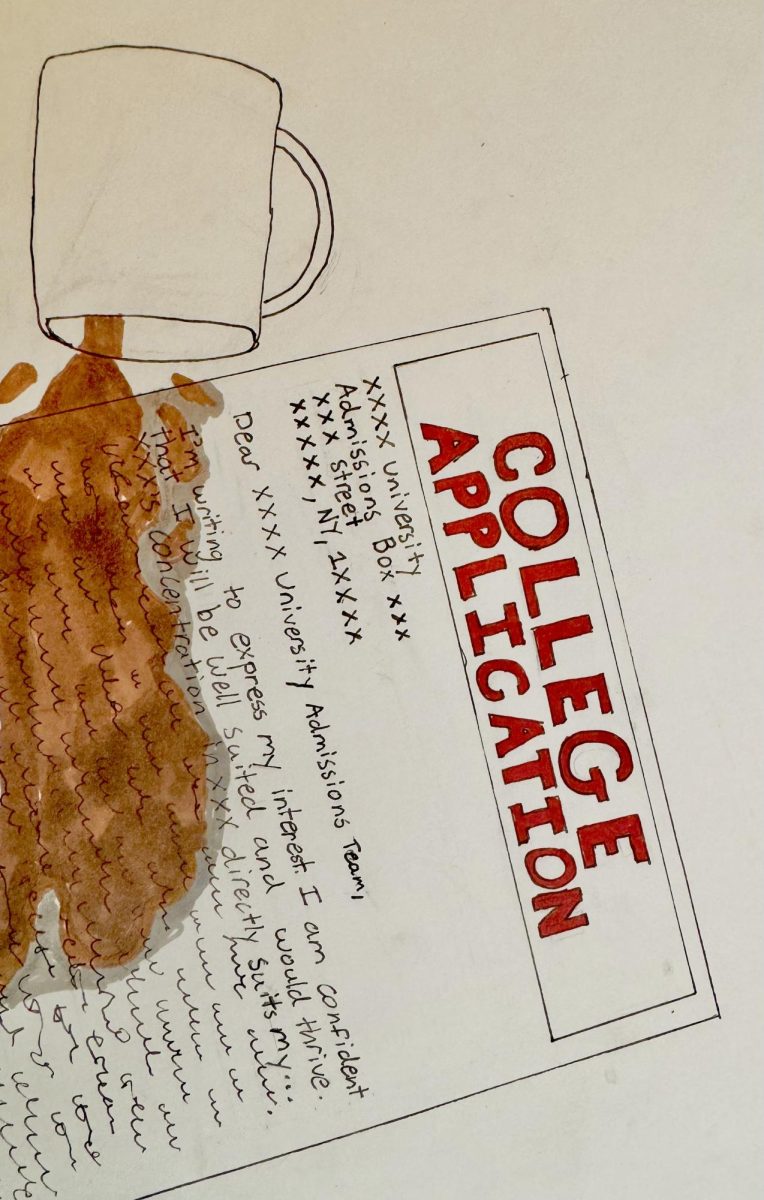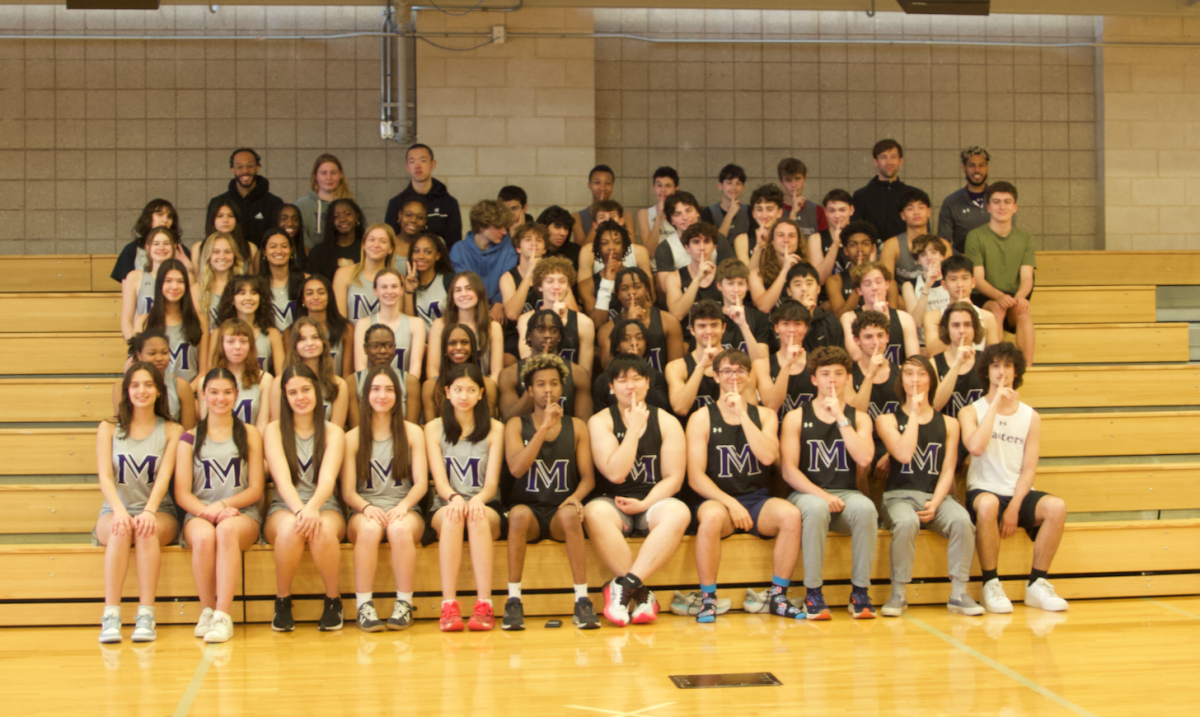*Please consider this piece as optimistic — if not idealistic — rather than dismissive.
Recently, there is a gloomy attitude pervading conversations about AI generated images, or deepfakes. People who have once treated the technology as a fun novelty have now decided that the ability to doctor images or generate realistic videos of celebrities may all but spell out the doom of America.
While there are genuine issues with the technology and its use, it isn’t the end of democracy as some people believe. In general, deepfaking technology is a net-negative to society. It doesn’t offer much more than cheap computer generated images which have long since existed, and its downsides are much graver. There have been multiple instances, for example, where people have exploited the tool to create sexual content of unconsenting parties.
The argument of its effects on the upcoming election are much lighter. While it is true that deepfaked images may become the biggest spreader of potent disinformation, this is hardly a new issue. Disinformation has been a campaign trick in campaigns for much longer than the technology has been around, and media literacy is a historic weak point in American culture.
Colleen Roche, an AP US history and political science teacher, said, “In 2013 the Russians put together something called the Internet Research Agency. Their goal was to put out disinformation to disrupt American society. In 2016 the role changed and they deliberately spread disinformation about Hillary Clinton.”
Disinformation is not just spread by foreigners, it can be spread by Americans as well. The problem is that the internet makes it so easy to do. Disinformation has always been out there.
— Colleen Roche
Attributing the cause to the internet, Roche said, “Disinformation is not just spread by foreigners, it can be spread by Americans as well. The problem is that the internet makes it so easy to do. Disinformation has always been out there.” This is not the first example of lies being pushed for elections. During the election of 2004 that would name George W. Bush as president, a political group of Vietnam vets made a series of ads discrediting and attacking Bush’s opponent John Kerry, who also served and was well decorated from the war. The ads were seen by 77% of voters, according to a TIME poll, and over a third believed the claims were at least somewhat true despite notable media outlets investigating and discrediting the claims.
The controversy became so well known that it led to a new word for a smear campaign – swiftboating.
Before deepfaking AI, there have also been instances of doctored content. A video of former house speaker Nancy Pelosi was slowed subtly to make it appear as if she was slurring her words. The video was accompanied by a story claiming Pelosi was drunk.
Moreover, it’s important to realize that deepfakes aren’t some supreme weapon. Fake videos and photos can be convincing, but are currently limited in their complexity. Moreover, the source of these images are always unreliable, and news outlets rarely pick up the story without skepticism or investigation. But even if the technology grew to be able to generate any hyper realistic photo, it wouldn’t affect much.
The real issue isn’t actually the technology. How many times have you heard someone say, “I read online…” or “Someone told me…” How many times has that been you? Due to social media, the standard for the quality of information we consume is at an all time low.
Media illiteracy is essentially America’s Achilles heel. Roche said, “In some ways I think it’s the greatest danger to our democracy.”
The reason disinformation is so potent due to deepfakes is because of the accessibility of the AI. Anyone can, and assuredly will, use AI to create lies. The internet too has created this opportunity to give disinformation a large and presumed reliable platform.
Roche believes the best news from social media is none at all, “There’s no reason why facebook should want to put only accurate information out. They have no incentive to keep track of this. Their incentive is to make money. Whereas the New York Times, The Wall Street Journal, CNN – all these major news organizations have journalistic ethics that they have to adhere to. If it turns out people can show the New York Times is lying to us everyday, they will go out of business. Facebook and Instagram are not going out of business.”
The responsibility of finding reliable information has always been on the publisher, journalist, and author. Now that America is increasingly turning to social media for news, we have adopted that responsibility. You may not appreciate that burden, in which case I recommend you receive your news exclusively from papers and official sources. And if official sources, say, the former president, begin spreading such disinformation? Then we have found ourselves with a much larger problem on our hands.



























Steve Face • May 30, 2024 at 12:19 AM
Just blown away at the journalistic depth and overall quality of this article. This author deserves a raise!